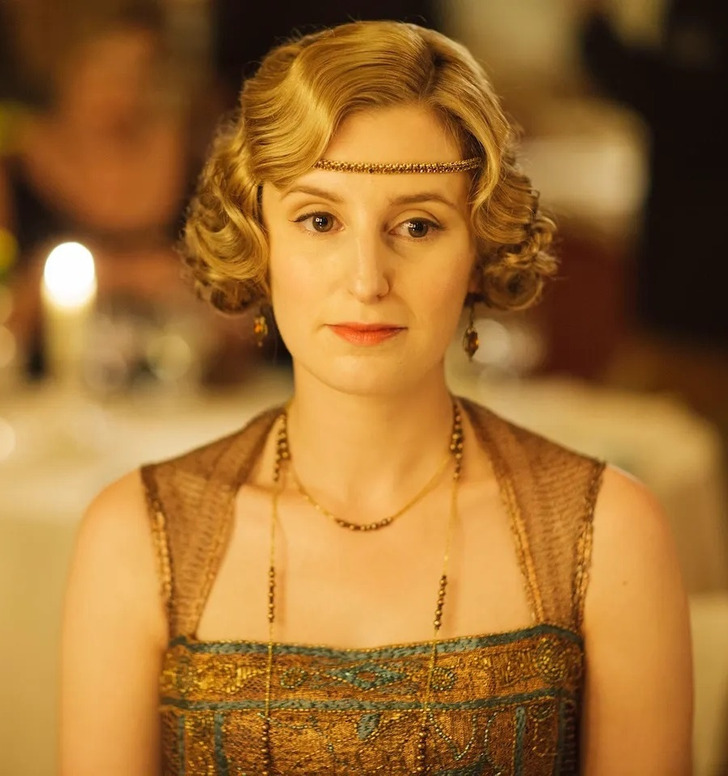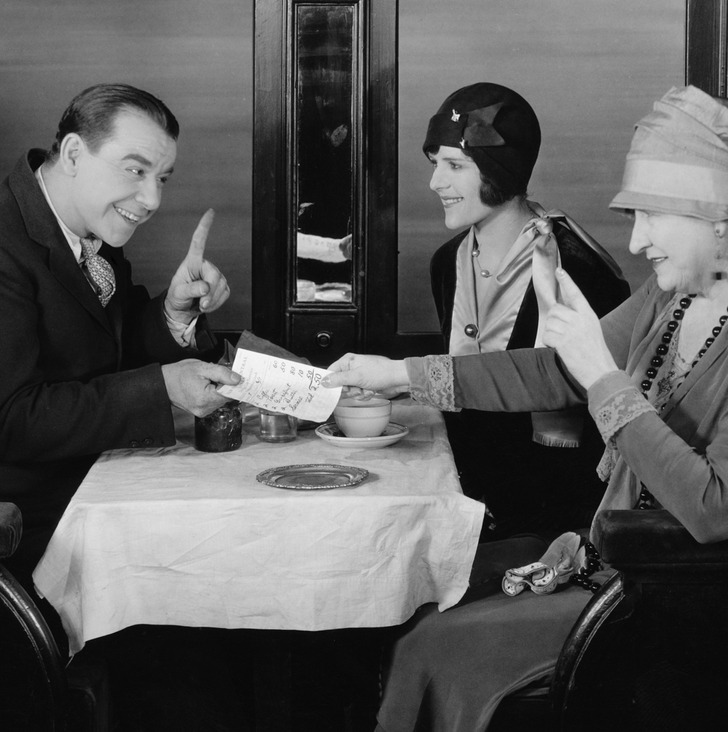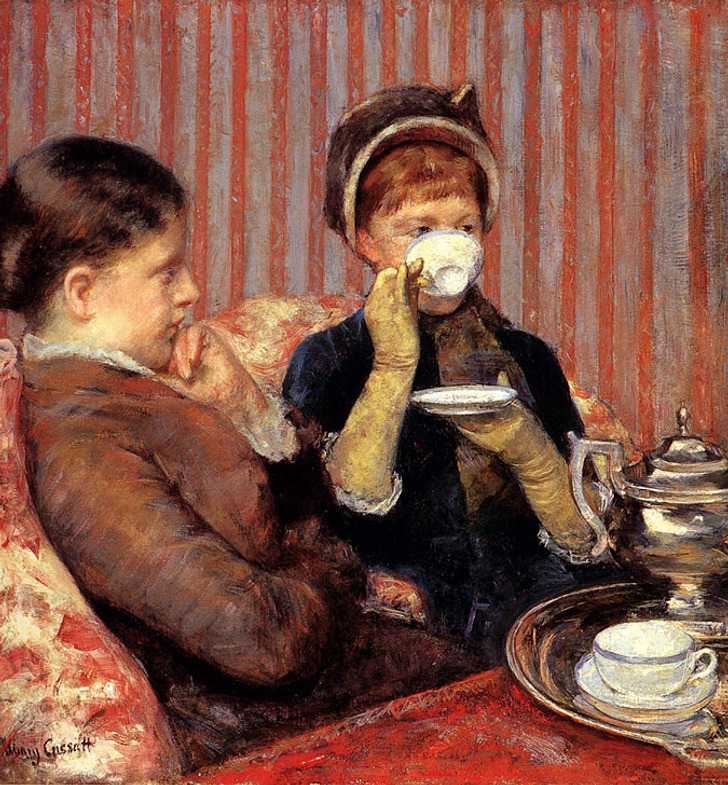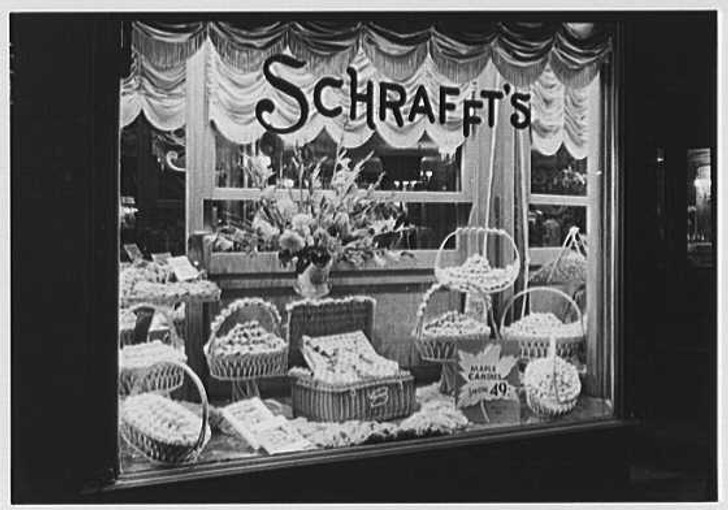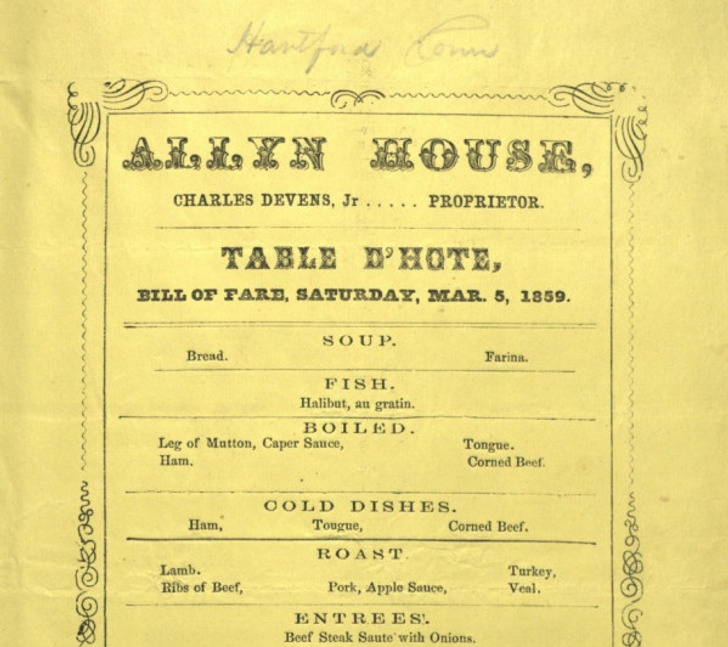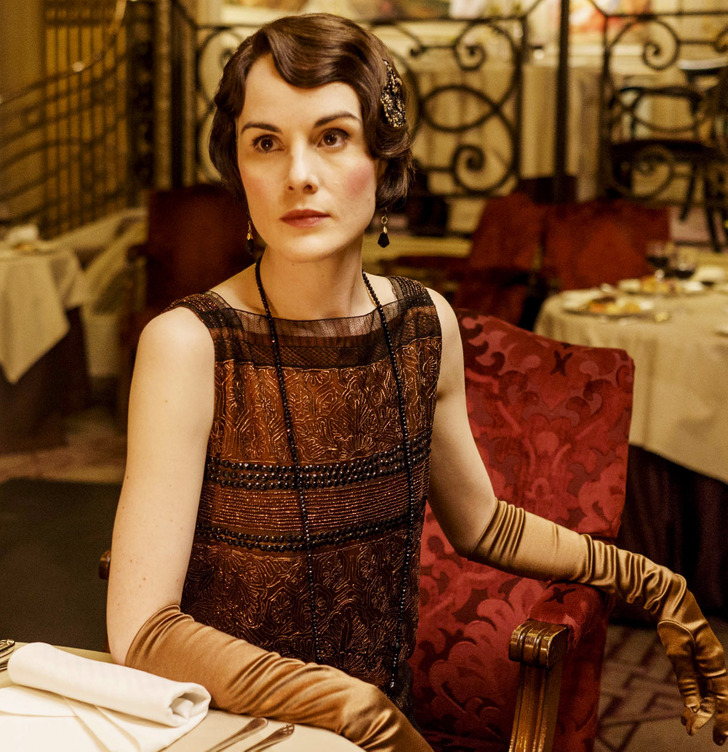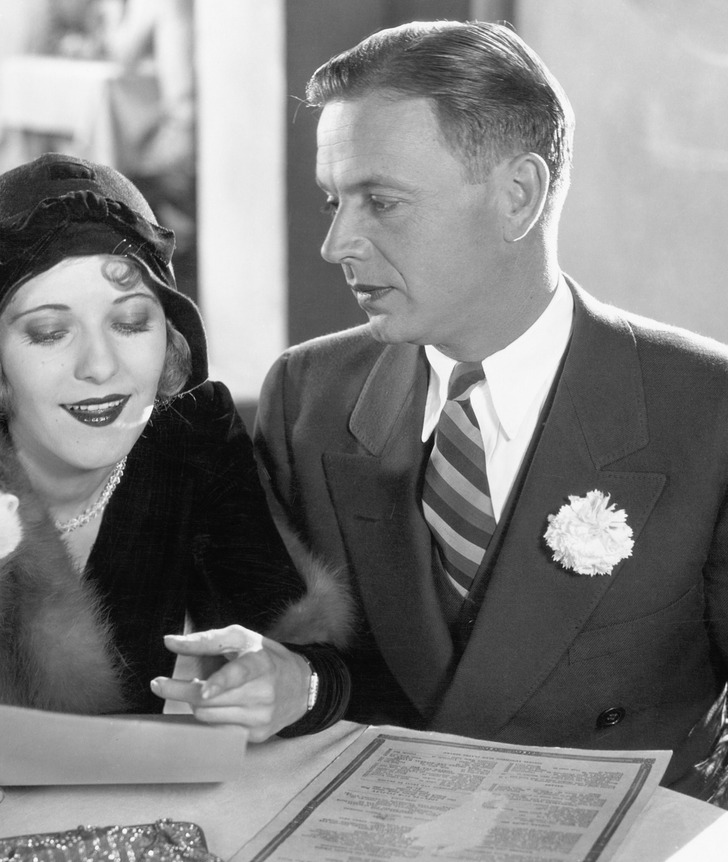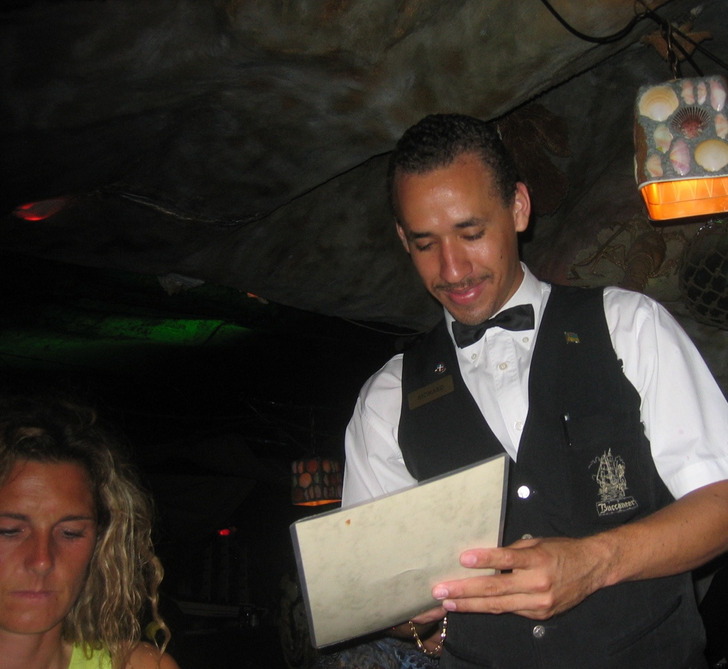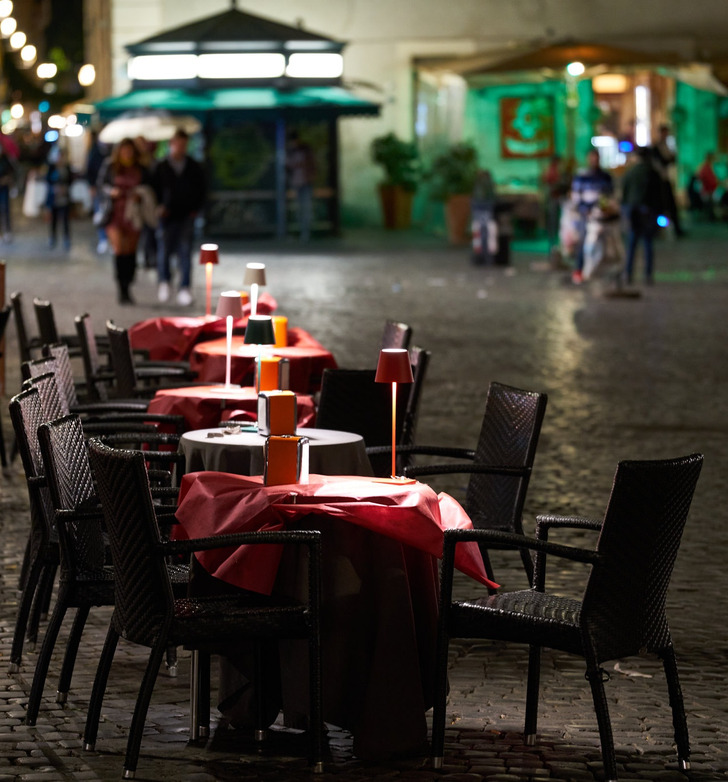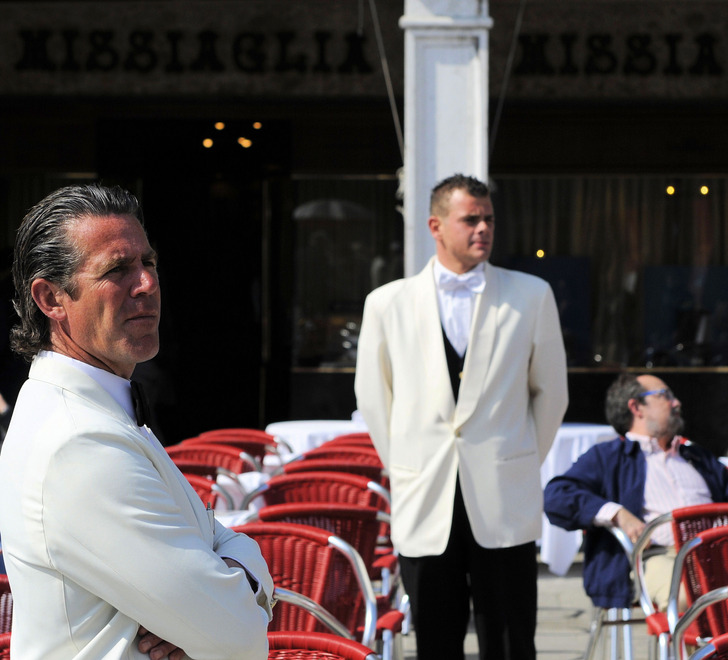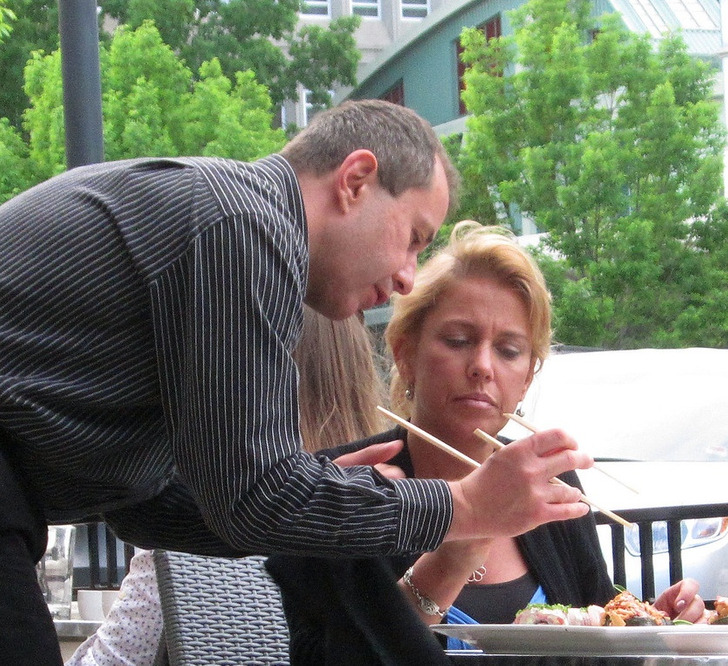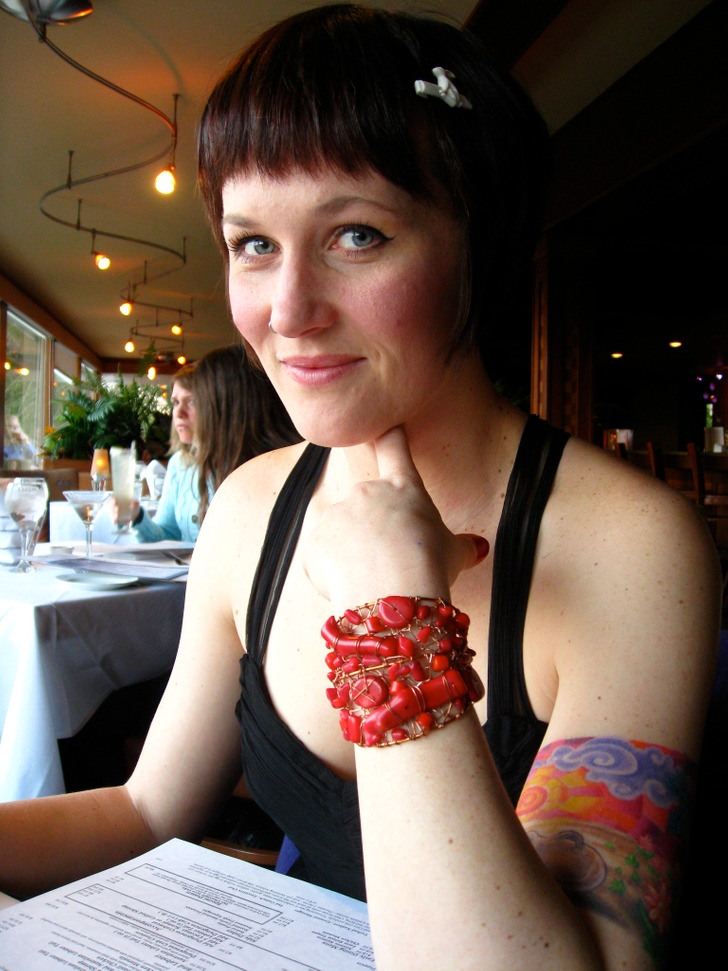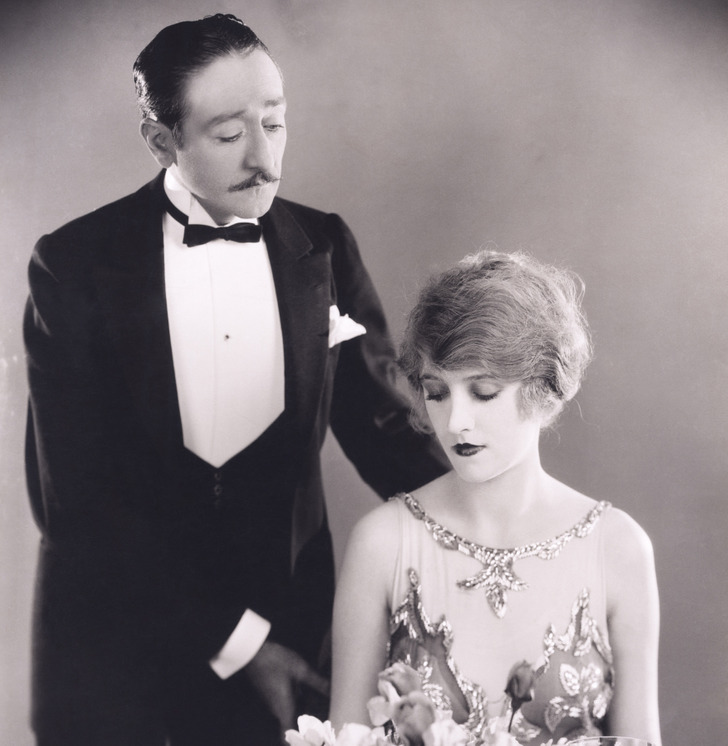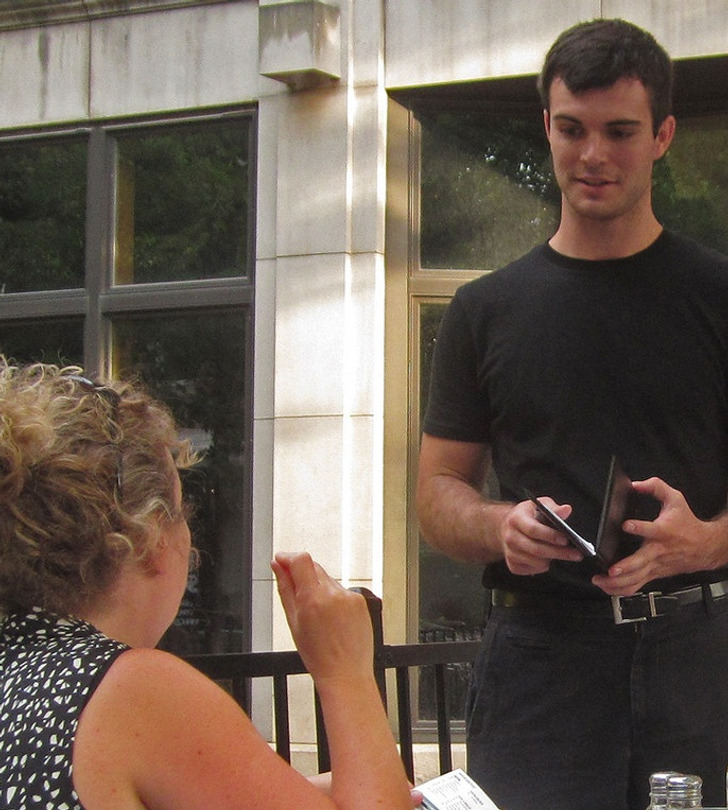How Women Fought for the Right to Go to Restaurants, and Why They Are Still Offered the Ladies’ Menu
Nowadays, before going to a restaurant, women just choose the cuisine they want to try and decide on the amount of money they are ready to spend. But several decades before, the doors of many places were closed to the ladies. A lot has changed in the past years, but there are still some etiquette rules that seem completely inappropriate today.
We at CHEERY decided to find out what rules limited women’s access in restaurants, in the past, and why some places still offer special menus to women.
The origin of menus without prices.
This is why women often couldn’t choose their own drinks and meals, and men would help them. They would do that so that the ladies wouldn’t know how much the dishes cost. It was considered very polite because a true gentleman had to take care of a lady and protect her from all worries.
It doesn’t mean women never paid for their food.
Even though in the 19th century, women couldn’t visit a regular restaurant or go there for dinner without a man, in some places, they could choose their meals and even pay for them. Because women would go to the city more often, enterprising people would open cafés for ladies.
It could have been a small room at a regular restaurant or even a separate place. There, ladies could eat without getting unwanted attention from men. Soon, there were chains of such restaurants. Their menus were different from traditional ones. Women were offered lighter meals, salads, snacks, ice cream, and different desserts. So, the idea of special food for women is the inheritance of such cafés.
For a long time, women couldn’t invite men to a restaurant.
Until the 1870s, almost all expensive restaurants had 2 types of menus. Some menus were ordinary, with meals and prices, and the other ones were identical, but without the prices. The idea was that a man that invited a woman to the restaurant would help her choose a meal and the lady wouldn’t feel uncomfortable, knowing the exact price.
In Europe, many men preferred to enjoy food in restaurants without ladies. It was believed that women just weren’t able to appreciate the fine dishes, and their chatting and frivolous manners only distracted men from their own meals.
This is why some restaurant owners would prohibit unknown women from entering the room and would make them wait in the foyer until further notice. It was believed that women wouldn’t be able to understand the menu, would make silly orders, and refuse to pay for the food.
Everything changed when in 1980 when Kathleen Bick invited her business partner to a famous restaurant, and she was offered such a menu. She got offended because it was her who invited the man, and not the other way around. So, sued the restaurant, won the case, and women’s menus started to disappear.
Why some restaurant owners still offer “blind” menus.
Even though it’s been 40 years since the Kathleen Bick case, some places still have blind menus. In fact, they are not for women, but for very respectable guests. If a person books a table and invites other people for a celebration, this person will get the menu with the prices on and all the other guests will get the blind menus.
According to the owners of such places, by preserving this tradition, they only show respect for their visitors. When someone invites someone else to dinner, it automatically means, it’s their treat. When people invite someone to their places, nobody talks about how expensive it was for them to cook something. It’s just rude.
How it may be risky for them.
Not only the restaurant owners are to blame.
Even though there is a risk of a big fine and a bad reputation, some restaurant owners still have ladies’ menus. So, in April 2022, in Venice, there was a scandal when an Australian tv-star, Abbie Chatfield, was offered a menu without the prices in it.
Abby was offended by the very fact that the owner thought she wouldn’t be able to pay for her meal. She says that in her family, she’s the breadwinner, and the old-fashioned patriarchal approach should cease to exist.
But according to some studies, it’s not all black and white. Women still expect chivalry from men. For example, 39% of respondents didn’t like it when a man would offer to go Dutch. And 76% of men felt guilty when they accepted women’s money.
And because there are no more strict rules about who pays for dinner, it leads to confusion for both restaurant owners and visitors.
Other etiquette rules that seem outdated.
Many etiquette rules that have been taught to restaurant employees may actually be quite offensive to guests today. It was believed that women were to be served first. The guests would also sit in a certain order, and ladies would take certain seats.
But recently, this approach is considered wrong and even offensive. This is why restaurants are reconsidering the old traditions and rules. It’s not a fast process. And a thing that might offend one person would be perfectly okay for another.
Which restaurant etiquette rules seem like a relic of the past and annoy you?
